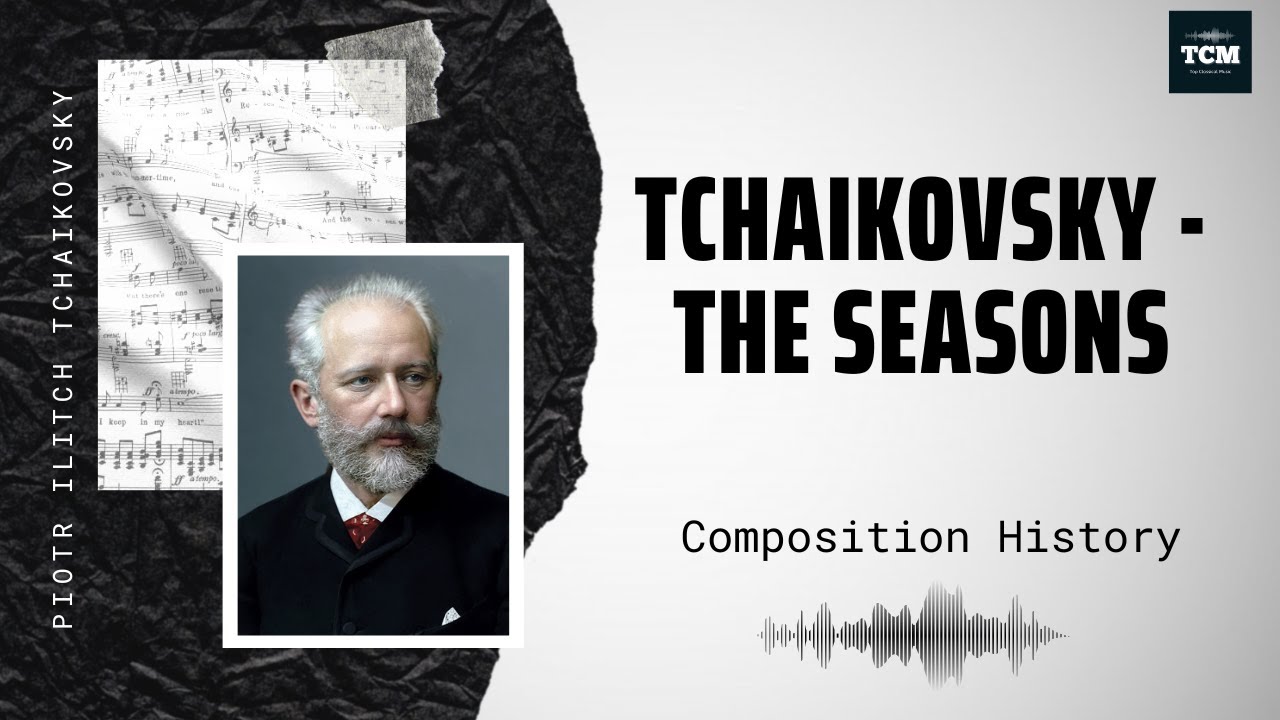
Handel Biography – Music | History
George Frideric Handel (23 February 1685 – 14 April 1759) was a German-British Baroque composer well known for his operas, oratorios, anthems, concerti grossi, and[…]

Mahler Biography – Music | History
Gustav Mahler (7 July 1860 – 18 May 1911) was an Austro-Bohemian Romantic composer, and one of the leading conductors of his generation. As a[…]

Vivaldi Biography – Music | History
Antonio Lucio Vivaldi (4 March 1678 – 28 July 1741) was an Italian Baroque composer, virtuoso violinist, teacher, impresario, and Roman Catholic priest. Born in Venice,[…]

Prokofiev Biography – Music | History
Prokofiev was born in 1891 in Sontsovka a remote rural estate in the Bakhmutsky Uyezd of the Yekaterinoslav Governorate of the Russian Empire. His father,[…]

Paganini Biography – Music | History
Niccolò Paganini, (born October 27, 1782, Genoa, republic of Genoa [Italy]—died May 27, 1840, Nice, France), Italian composer and principal violin virtuoso of the 19th[…]

Bach Biography – Music | History
Johann Sebastian Bach (31 March 1685 – 28 July 1750) was a German composer and musician of the late Baroque period. He is known for[…]

Debussy Biography – Music | History
Claude Debussy (22 August 1862 – 25 March 1918) was a French composer. He is sometimes seen as the first Impressionist composer, although he vigorously[…]

Korsakov – Scheherazade, Op. 35 – Music | History
Scheherazade, also commonly Sheherazade (Russian), Op. 35, is a symphonic suite composed by Nikolai Rimsky-Korsakov in 1888 and based on One Thousand and One Nights[…]

Tchaikovsky – The Seasons, Op. 37a – X. October – Music | History
The Seasons, Op. 37a (also seen as Op. 37b; Russian: Времена года; published with the French title Les Saisons), is a set of twelve short[…]

Dvorak – Humoresque No. 7 in Gb Op. 101-7 – Music | History
Humoresques (Czech: Humoresky), Op. 101 (B. 187), is a piano cycle by the Czech composer Antonín Dvořák, written during the summer of 1894. One writer[…]